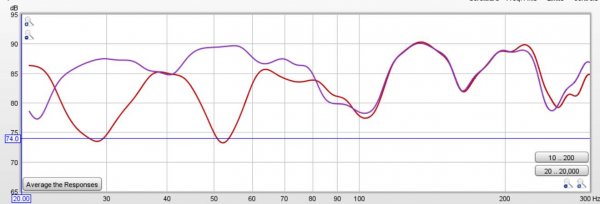Sbnx, great post. I believe the sadly departed Rodney ran four subs in "swarm" mode too.
For my sins, I'm currently restricted to subs inbuilt to the subs, so unless I go for outboard units, then I'm restricted to a useable set of freq, level, phase and PEQ controls.
I remain intrigued about those users of large full range speakers that have no user adjustability, and the message I'm getting from guys here is that as long as the spkr is not overwhelmingly too large for the room (no Arrakis in the spare bedroom), a smooth bass response can be achieved purely by experimenting w spkr placement, listening position, and judicious acoustic treatments.
Sbnx, can I ask, had you not gone down the subs route, would you have been able to fully dial yr G1s in purely by shifting them around?
FWIW, my personal logjam on subs integration is fully breaking w finding THE settings that work in my room, and critically also raising my Zus, hence increasing the subs drivers to floor gap.
Bass is warmer, more extended, tighter, and critically almost zero bleed into the lower mids/upper bass output.







